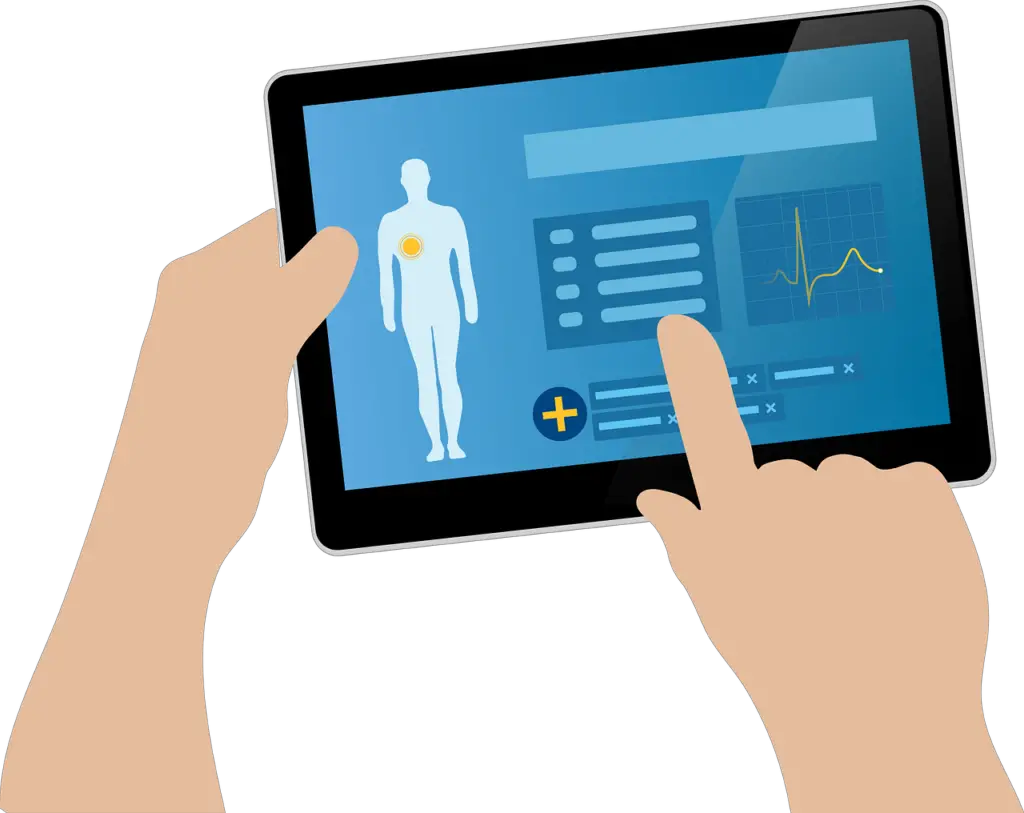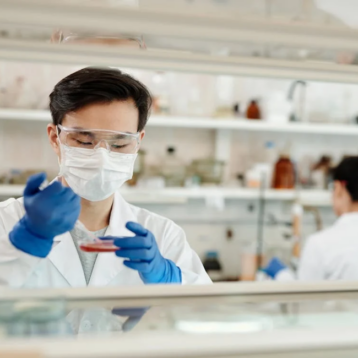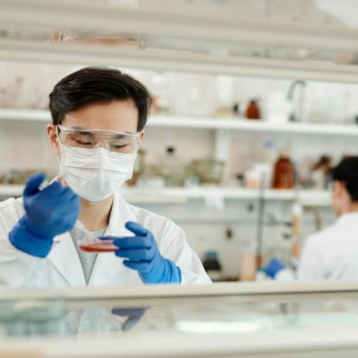
Recent events have proven that the world of medicine continues to require reliable testing solutions that can be implemented quickly and on a large scale. Digital PCR provides scientists with the means to carry out high precision genetic analyses, thus improving their testing protocols significantly. It can be used to calculate the abundance of a target molecule based on a dilution factor.
What Is Digital PCR?
Digital Polymerase Chain Reaction, also known as Digital PCR or DPCR, is the clonal amplification and quantification process of nucleic acid strands using biotechnological refinement. This breakthrough technology consists in the partitioning of samples into microscopic droplets and the induction of a reaction in each droplet through amplification. This technique possesses various advantages over real-time or traditional endpoint methods. Digital PCR, by providing absolute quantification, improves the accuracy of an assay that no longer relies on a standard curve.
Stilla Technologies has developed a unique integrated solution that uses a 3-color detection technique to offer a fast time to result: The naica® system workflow.
What Makes DPCR So Innovative?
Digital PCR is quite different from other protocols in that it does away with standard curves and delivers sensitive results through a user-friendly, easy-to-interpret panel. DPCR uses an inhibitor-resistant process which is particularly suitable for complex environments where it quantifies nucleic acids reliably by providing an absolute count of DNA or RNA molecules.
To achieve this, the constituting elements of a sample are isolated in droplet form and an amplifying reaction is initiated. This process – reveals the presence of the molecule being tested for inside a droplet by emitting a fluorescent signal.
This can now all be done digitally thanks to Stilla®’s Crystal Digital PCR™ technology. It utilises microfluidic innovations to integrate PCR in a convenient consumable. By having the sample flow through a network of microchannels and partitioning it into a droplet crystal – a 30,000-droplet array – the procedure can be carried out digitally. The droplets containing amplified targets are then revealed on the imaged crystal. Finally, positive droplets are counted, allowing for the extraction of the absolute quantity of nucleic acids. This PCR solution produces trustworthy data for an unmatched level of confidence.
What Are the Most Prominent Digital PCR Applications?
Digital PCR assays can be used for a wide variety of testing applications and brings a concrete answer to measurement sensitivity issues. Single cell analysis, sequencing, clinical microbiology, pathogen detection, gene expression analysis … without the reliance on a standard curve, PCR can even be reliably used by non-specialists.
CLINICAL DIAGNOSTICS
In the current context, Digital PCR can be an invaluable tool as it has the ability to detect even low viral loads. In the case of the SARS-CoV-2 pathogen (which is responsible for COVID-19), for instance, the risk of false negative is greatly mitigated even when testing mildly infected patients. Virology is far from being the only field where the sensitivity of PCR solutions is relevant. It can also provide immediately useable information in serology, toxicology, parasitology, haematology, and more.
ONCOLOGY
As the PCR technology can be used to monitor the evolution of cancerous cells very effectively, it constitutes a reliable means of utilising liquid biopsy to assess the efficacy of chemotherapy treatments. Highly dependable, PCR allows medical professionals to employ non-invasive testing methods without lowering the quality of the results. Naturally, Digital PCR is not limited to cancer applications and is also indicated to observe the progression of various medical conditions.
PREVENTION
Being able to identify the presence of pathogens as well as the risks they pose gives scientists the advantage when it comes to developing measures to contain their spread. As previously noted, digital PCR assays, through absolute quantification, can participate in the early detection of a wide array of issues without implying invasive testing. Prenatal screenings or transplant rejection monitoring, for instance, greatly benefit from the implementation of PCR techniques.
ENVIRONMENTAL TESTING
The applications of Digital PCR are not restricted to the medical field. The advanced detection capabilities of PCR mean that DNA contaminants, water pollutants, genetically modified organisms, and other elements potentially present in environmental samples can be quantified reliably.
FOOD
The food industry is not without its fair share of health concerns. These can derive from poor transparency or a lack of reliable testing. Requirements surrounding genetically modified organisms, drinking water supplies, or organic foodstuff, for instance, demand the precise and quantitative assessment of potential contaminants. Digital PCR provides easily-implementable tools to obtain trustworthy, real-time information on these highly sensitive matters.
Stilla Technologies innovates by making multiplexing technology available to specialist and non-specialist actors in a variety of fields where sensitive DNA detection is of the essence. Their products are paving the way towards the generalisation of genome amplification, gene expression, rare event detection and absolute quantification in areas where they could become instrumental.










